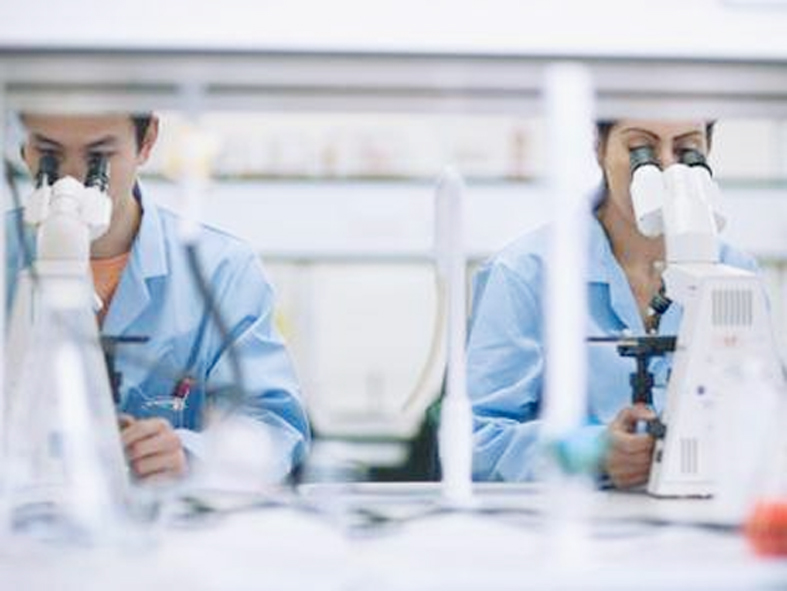WASHINGTON : Scientists have used large-scale supercomputer simulations to discover a new class of drugs that may combat antibiotic resistance in disease-causing bacteria.
Laboratory experiments were combined with supercomputing modelling to identify molecules that boost the effect of antibiotics on bacteria.
Researchers, including those from University of Oklahoma (OU) in the US, identified four new chemicals that seek out and disrupt bacterial proteins called “efflux pumps”, a major cause of antibiotic resistance in bacteria.
“The supercomputing power of Oak Ridge National Laboratory (ORNL)’s Titan supercomputer allowed us to perform large-scale simulations of the drug targets and to screen many potential compounds quickly,” said Helen Zgurskaya, professor in the OU College of Arts and Sciences.
“The information we received was combined with our experiments to select molecules that were found to work well, and this should drastically reduce the time needed to move from the experimental phase to clinical trials,” she said.
The team focused on one efflux pump protein, known as AcrA, which connects two other proteins in a tunnel shape through the bacterial cell envelope.
Disrupting this protein could essentially break the efflux pump – an approach unlike other drug design strategies that try to inhibit the biochemical processes.
“In contrast to previous approaches, our new mechanism uses mechanics to revive an existing antibiotic’s ability to fight infection,” said Jeremy Smith from University of Tennessee-Oak Ridge National Laboratory Centre for Molecular Biophysics.
Large numbers of chemicals were scanned to predict and select which would be the most effective in preventing AcrA proteins from assembling properly.
Using computational models produced by the Titan supercomputer, researchers screened various combinations of molecules and proteins to determine which ones were most disruptive to their formation.
“After more extensive analysis, we narrowed down our list to predict which molecules were most likely to disrupt the function of the efflux pump,” said Jerry Park.
Researchers then conducted laboratory experiments to confirm the disruption of the efflux pump and the antibiotic-reviving capability of four of the molecules selected. (AGENCIES)
Trending Now
E-Paper


